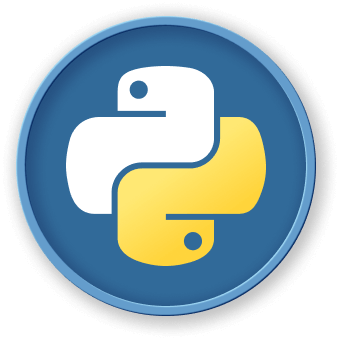Advanced Python Function Analysis Techniques
Code inspection tools provide powerful mechanisms for examining and understanding Python function internals.
| Tool |
Module |
Primary Function |
inspect |
inspect |
Comprehensive function analysis |
dis |
dis |
Bytecode disassembly |
ast |
ast |
Abstract Syntax Tree parsing |
Detailed Inspection Techniques
import inspect
import dis
import ast
def complex_function(x: int, y: str) -> list:
"""A sample function for comprehensive inspection."""
result = [x, y]
return result
## Inspect function source code
def source_code_analysis():
"""Demonstrate source code inspection."""
source = inspect.getsource(complex_function)
print("Source Code:")
print(source)
## Bytecode disassembly
def bytecode_analysis():
"""Analyze function bytecode."""
print("Bytecode Disassembly:")
dis.dis(complex_function)
## Abstract Syntax Tree (AST) parsing
def ast_analysis():
"""Parse function using Abstract Syntax Tree."""
source = inspect.getsource(complex_function)
tree = ast.parse(source)
for node in ast.walk(tree):
if isinstance(node, ast.FunctionDef):
print("Function Name:", node.name)
print("Arguments:", [arg.arg for arg in node.args.args])
Inspection Workflow
graph TD
A[Function Object] --> B[Source Code Extraction]
B --> C[Bytecode Disassembly]
C --> D[AST Parsing]
D --> E[Detailed Analysis]
Advanced Inspection Techniques
from typing import Any
def advanced_function_inspector(func: Any):
"""Comprehensive function inspection utility."""
## Signature inspection
signature = inspect.signature(func)
print("Function Signature:")
for name, param in signature.parameters.items():
print(f"- {name}: {param.annotation}")
## Code object details
code_obj = func.__code__
print("\nCode Object Details:")
print(f"Argument Count: {code_obj.co_argcount}")
print(f"Local Variables: {code_obj.co_varnames}")
## Docstring analysis
print("\nDocstring:")
print(inspect.getdoc(func))
## Example usage
def example_function(x: int, y: str = 'default') -> list:
"""A sample function with type hints and default value."""
return [x, y]
advanced_function_inspector(example_function)
import timeit
def performance_analysis():
"""Demonstrate function performance inspection."""
## Measure function execution time
execution_time = timeit.timeit(
"example_function(10, 'test')",
globals=globals(),
number=10000
)
print(f"Average Execution Time: {execution_time} seconds")
performance_analysis()
Key Takeaways
- Python offers rich introspection capabilities
- Multiple tools enable deep function analysis
- Useful for debugging, optimization, and understanding code structure
Explore advanced code inspection with LabEx's comprehensive Python development environments.




